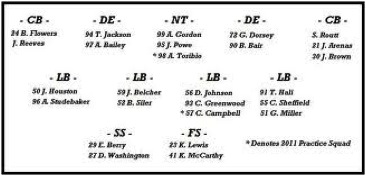Data-Driven Hiring
It shouldn’t be surprising that a company as driven by data and analytics as Google reflects those traits in its job interview process. Here’s a peek behind the curtain:
1) How Many Interviews?
After assessing the success of past hires Google found that four interviews is the optimal number. Any more didn’t lead to signifcantly more confidence in a candidate’s fit for a position.
2) Who Should Interview?
Interviewers are much more objective if they don’t have a stake in a candidate’s selection. So Google uses panels of varied employees to select workers – not direct supervisors or peers.
3) But Can They Interview?
Sure, if you train them. Which is exactly what Google does since hiring is part of almost everyone’s job. They often conduct an extra interview with a candidate solely to give employees experience at interviewing.
4) Can You Analyze Cultural Fit?
To fit in at Google you have to be innately curious. Admittedly, determining that can be as much art as it is science. But it’s important enough that Google willingly looks beyond analytics … for now.
Data and analytics. Even in the job interview process. If you’re not riding that wave, eventually you’ll get crushed by it.
Your thoughts?
Michael












